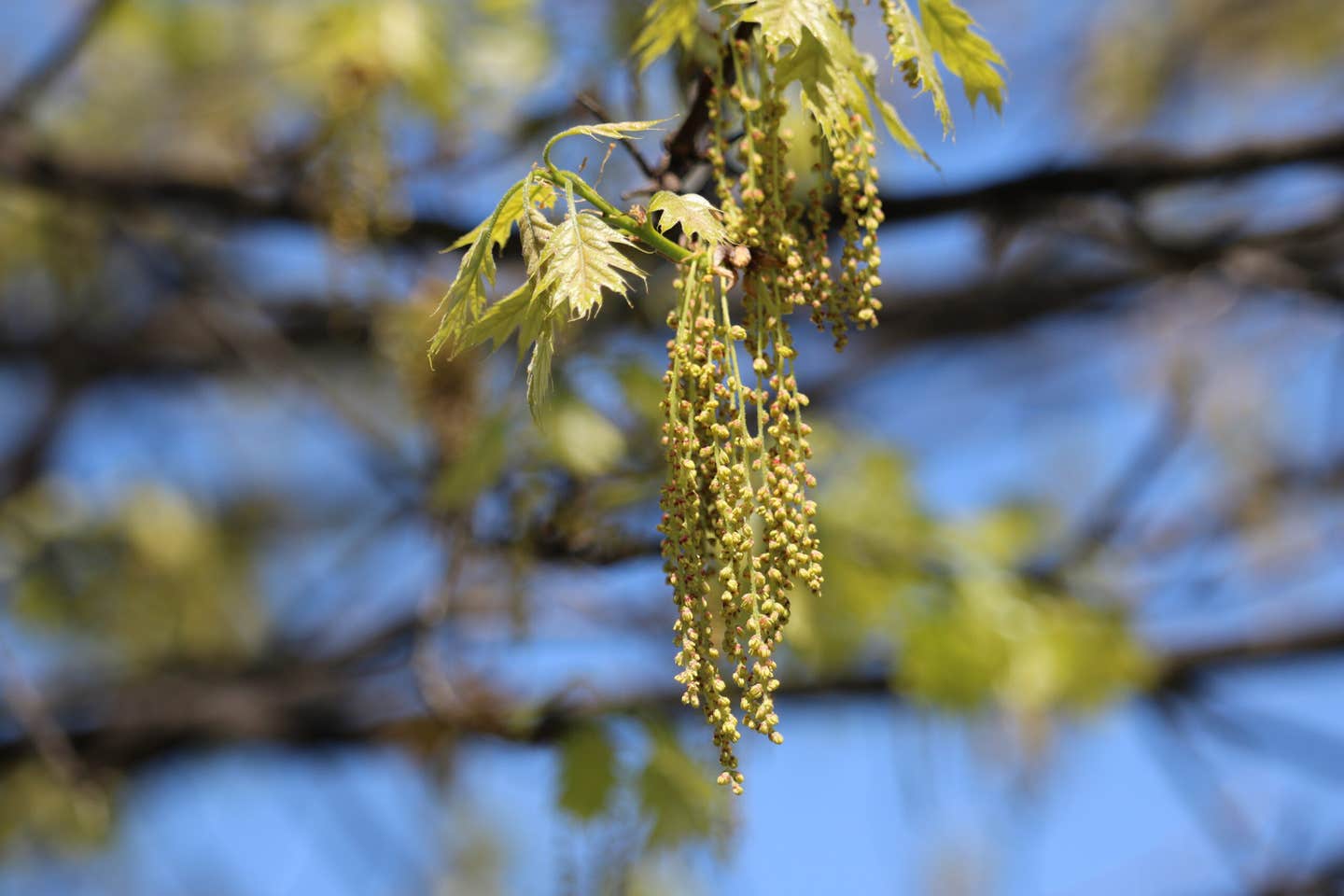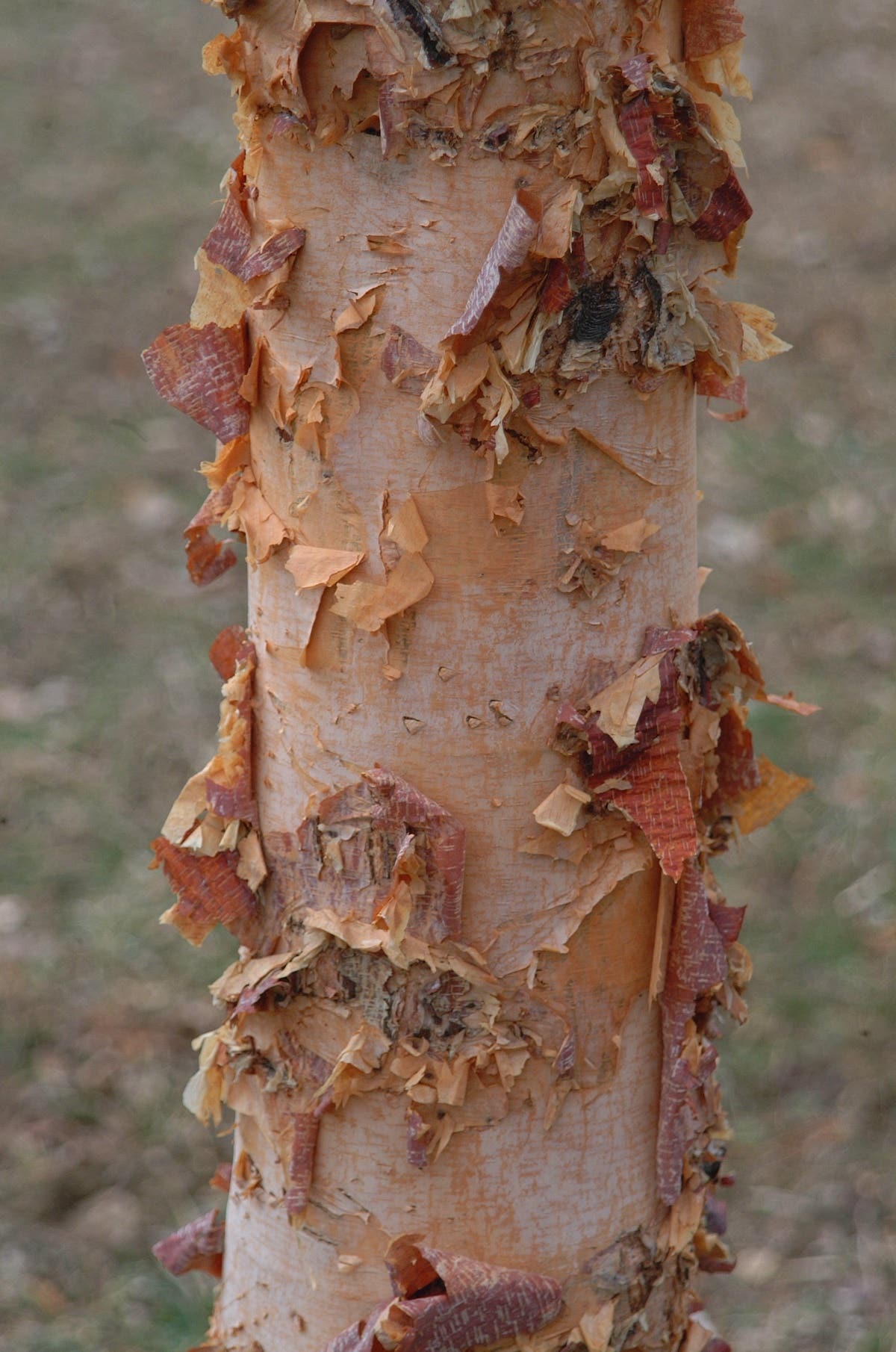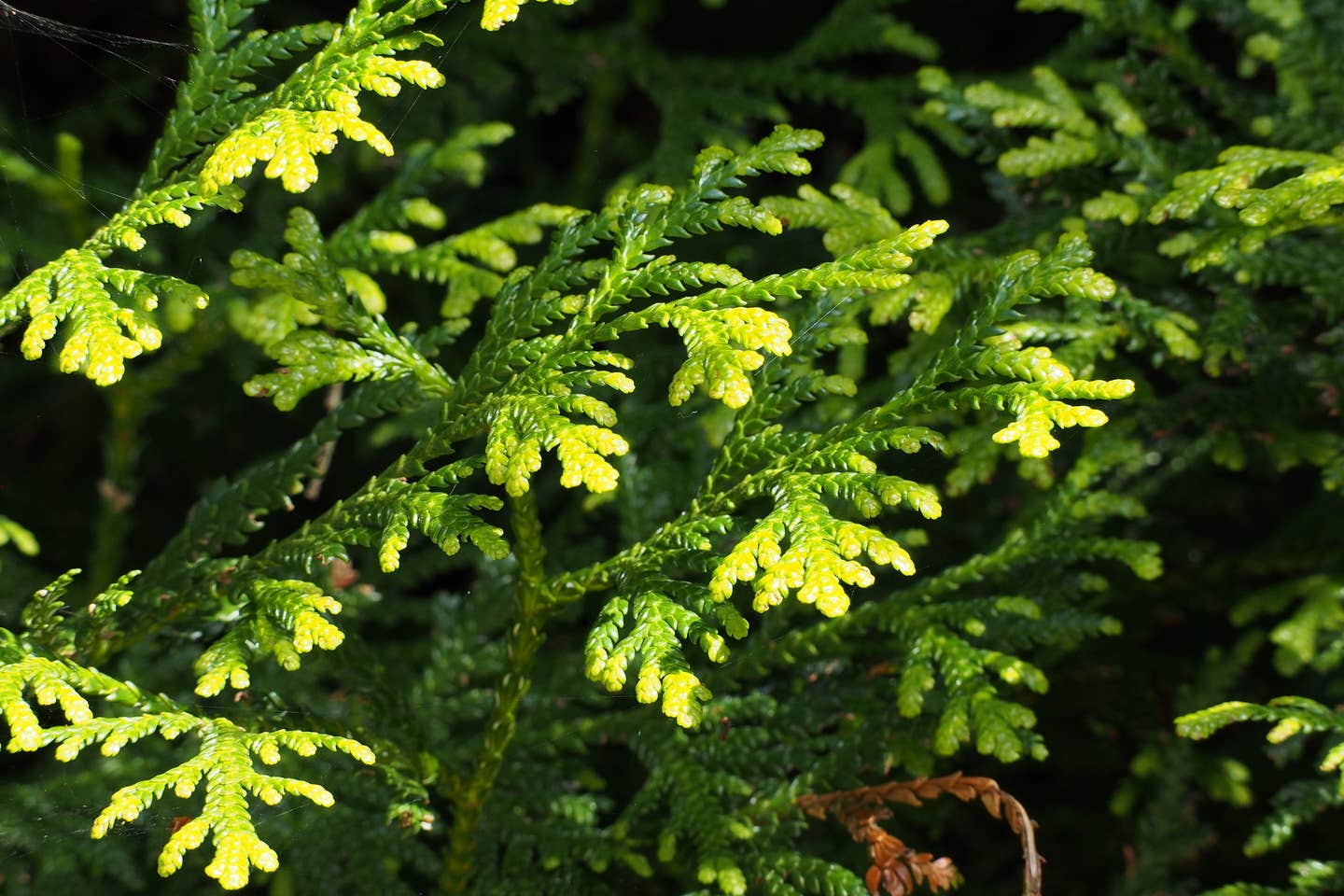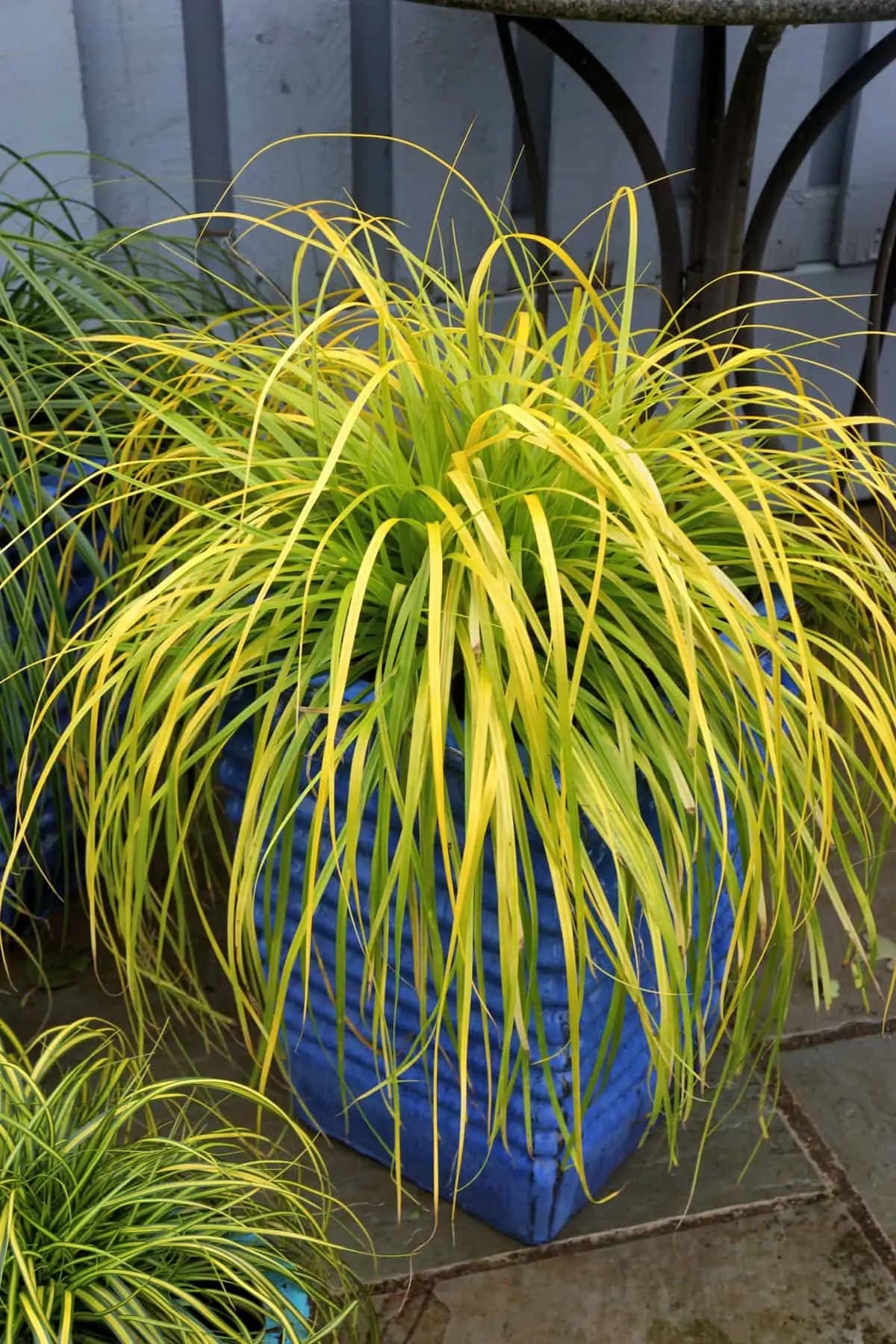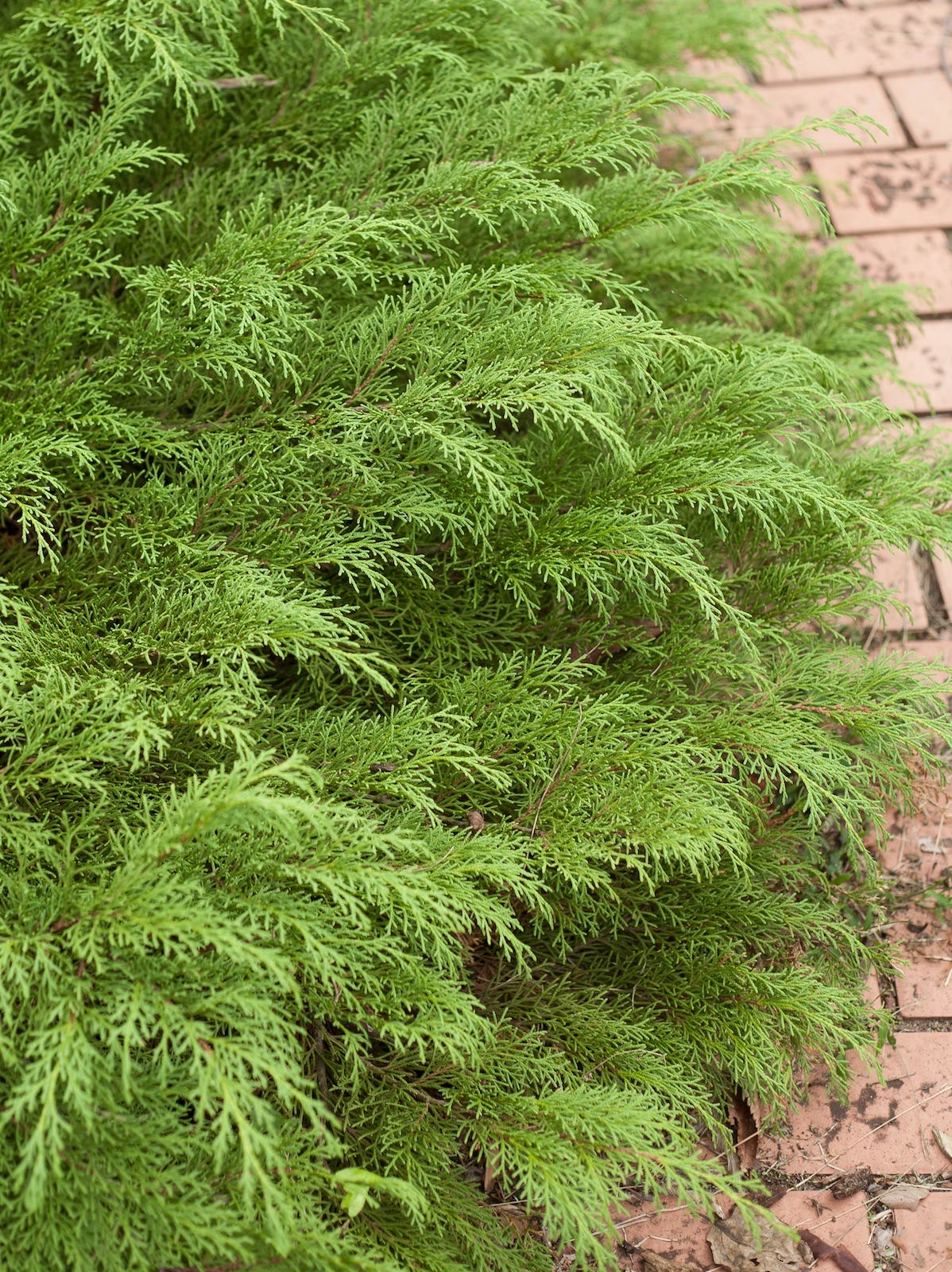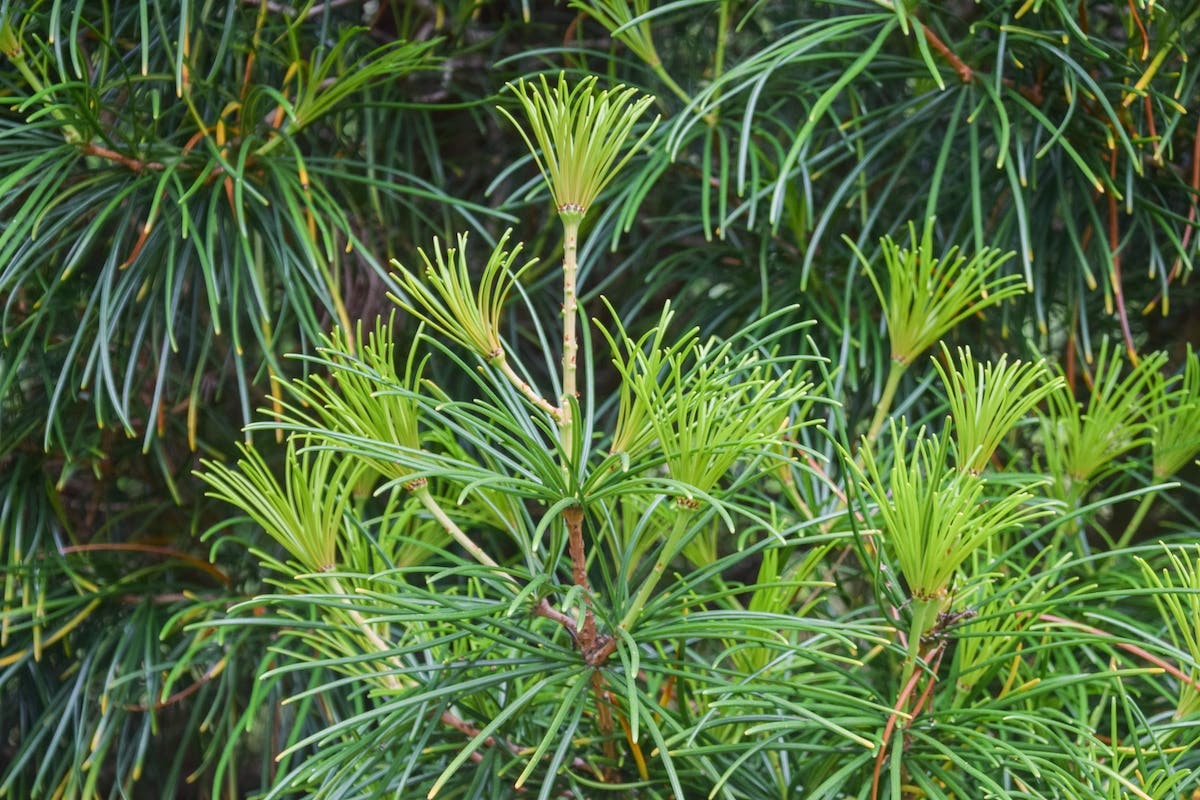Sunny Delights
Everything changed for me with the first batch of catalogs I received from the daffodil specialists. To my astonishment, none were from Holland, but instead came from Oregon, Northern Ireland, England, New Zealand, and Tasmania. Unfamiliar with practically every entry, I was immediately taken in by the refinement of form and the expanded range of colors seen in some of their flowers.
For the first half of my 30-year horticultural career, the only daffodils I knew were the varieties grown in Holland. These included the likes of ‘February Gold’, ‘Ice Follies’, ‘Barrett Browning’, ‘Dutch Master’, ‘Delibes’, ‘Thalia’, ‘Actaea’, and ‘Flower Record’, which are all still front and center today. Indeed, daffodils from Holland continue as fixtures in American gardens. Any bulbs purchased from the local garden center or the general bulb catalogs are likely Dutch in origin. Highly organized production and distribution methods, along with costs that can be spread out over millions of units of product, help keep Dutch bulbs incredibly affordable. But listings tend to stay much the same year after year. Arable land in the Netherlands is precious, so only after extensive trialing will growers commit acreage to anything different. Varieties must continually earn their way back into the fields. And a predominant style of daffodil seems to catch the eye of the Dutch producer: big size, bold color, and an ability to impress in mass, from afar.
Everything changed for me with the first batch of catalogs I received from the daffodil specialists. To my astonishment, none were from Holland, but instead came from Oregon, Northern Ireland, England, New Zealand, and Tasmania. Unfamiliar with practically every entry, I was immediately taken in by the refinement of form and the expanded range of colors seen in some of their flowers. Specialty lists fuel the needs of the exhibitor and obsessive collector (I’m now guilty on both charges), people who prefer viewing the blooms up close and delight in discovering the nuances of each cultivar. Often the supplier is a hybridizer too, giving you access to the truly newest innovations from their “stables.” These businesses tend to be small and labor intensive, so availability may be limited and the bulbs will cost more than what you may be used to paying. Many of their offerings were introduced because of their qualities as exhibition flowers, so comments about garden performance are secondary or absent. A variety good for show is not always good in the garden; more expensive does not always mean better.
For the last 15 years, I’ve been exploring the rich diversity I now know exists within the genus Narcissus. The idea has been to find novel alternatives really deserving of garden space. If you’re open to the camaraderie and competition of a daffodil show, any of the following will win ribbons, too. Specialists’ catalogs aren’t necessarily the only sources. Dual-purpose varieties are now being introduced in the general catalogs too, the result of some improving in-house breeding programs and a few adventurous Dutch growers seeking stock from hybridizers worldwide. Discussed below are the characteristics about which gardeners currently ask the most questions.
Early all-yellow flowers
Many still seem satisfied to buy those lumped under the heading ‘King Alfred’ type, but insightful gardeners are now asking for something new. They want more basal rot–resistant varieties with the same long flaring rolled back cups of their elders. This is one of the current goals of top hybridizer Brian Duncan of Northern Ireland. Good Duncan varieties now available in specialty catalogs are ‘Barnum’ and ‘Goldfinger’; these are also being grown in Holland and will soon be available from some generalists. ‘Barnum’, with its wide, blaring trumpet, has been the better grower for me. Specialists also now carry ‘Gold Velvet’ at moderate prices. This early bloomer offers lots of flowers held well above robust foliage. ‘Mount Nittany’ is still at the stage where less than 10 bulbs are made available a year, so it remains very expensive. I have faith that this variety will stay around for many years, in shows and gardens.
All white blooms
Gardeners love the white varieties, but in areas of the country where rainfall (or irrigation) comes when soil temperatures are high, basal rot can be troublesome. The purity of color seen in the whites from the specialty catalogs truly outshines almost anything currently offered through the general suppliers. The latter do now offer ‘Silent Valley’, with its long elegant trumpet, and ‘Misty Glen’, with its lovely green eye, both must-haves. ‘Oregon Snow’ is the only white variety I found mention of being bulked up in Dutch fields, to appear soon from generalists. It’s fairly nice, but go to the specialists for lots of better choices, including ‘Broomhill’, which is terrific in the cooler areas of the country; ‘Ashmore’, with an even more gorgeous green eye than ‘Misty Glen’; and ‘Dainty Miss’, a charming little flower for the rockery. Breeder Elise Havens thinks the emerald-eyed ‘Emerald Empire’ is destined for many moreAmerican gardens, once its per-bulb price dips below 10 dollars.
Double daffodils
Good garden doubles need that rare combination of strong stems to hold the flowers erect during rainy times and buds that reliably open during early hot spells. Too many offered today spend most of their time facedown in the mud. General catalogs now offer ‘Tamar Fire’, an early bloomer with bright yellow petals and a tightly frilled orange-red center. It is smaller in size, but this helps keep it erect in bad weather. They’ll soon sell ‘Atholl Palace’, a very full flower of numerous clean white petals backing the bunched yellow petaloids in the center, and the all yellow ‘Raffles’, which I haven’t grown. I like its parents (the trumpet ‘Barnum’ is one). Specialists carry these as well as ‘Crackington’, golden yellow with an even deeper tone in the central cluster, and ‘Spun Honey’, the first double I bought for my garden. Its name describes the look and color. I just invested in ‘Duration’—I had to try it after I saw quite a few beautiful examples at various daffodil shows. It has white petals and an orange-reddish pink center.
Sun-proof colors
The main flaw of daffodils with orange or red in their cups is that the tissues with these pigments can be quite susceptible to damage from the sun. Just one day of strong exposure can leave them either crisped or wilted. Garden candidates have to be able to withstand those bright, hot days when winter seems to fast-forward to summer. When the catalogs say place it in shade, assume that cultivar has the potential to burn. All I’ll mention have yellow petals. Easiest to find is ‘Monal’, awarded the American Daffodil Society’s Wister Award. Brilliantly colored ‘Border Beauty’ no longer seems available through the specialty catalogs but is now being grown in Holland. From the specialists look for ‘Patabundy’, the most sun-proof red-cupped variety I’ve ever grown, and ‘Triple Crown’, a beautiful bright yellow save its red-orange rim. It is too small a flower for Dutch tastes, but what a grower! An expensive standout is ‘Great Gatsby’: massive flower, strong coloration, and an aggressive grower. I have to believe growers in the Netherlands will take this up. It has everything they like in a daffodil.
Fragrance
Everyone wants it! The best advances are being made with jonquil and tazetta hybrids. Ignore those that say it’s hard to grow jonquils in areas colder than USDA Zone 6. Many will be your best multipliers. Brent and Becky Heath are introducing lots of their own fragrant jonquil hybrids. Their ‘Pappy George’ and ‘Golden Echo’ are instantly recognizable daffodils. Grown on in Holland, they are nicely priced newer items in the general catalogs. ‘Inbal’, a paperwhite (tazetta) for forcing, should appear soon. Specialists have long carried ‘Lemon Sprite’, ‘Life’, and ‘Oryx’, all still very good jonquil hybrids. ‘Fertile Plains’ is another, just one of many good jonquils from Mitsch Daffodils in Oregon. If you’re willing to pay, look for ‘Crill’, a vigorous yellow-petaled, orange-cupped jonquil hybrid. My first 3 bulbs became 20 in 4 years.
Visit the American Daffodil Society Daffseek website for pictures and more information.


